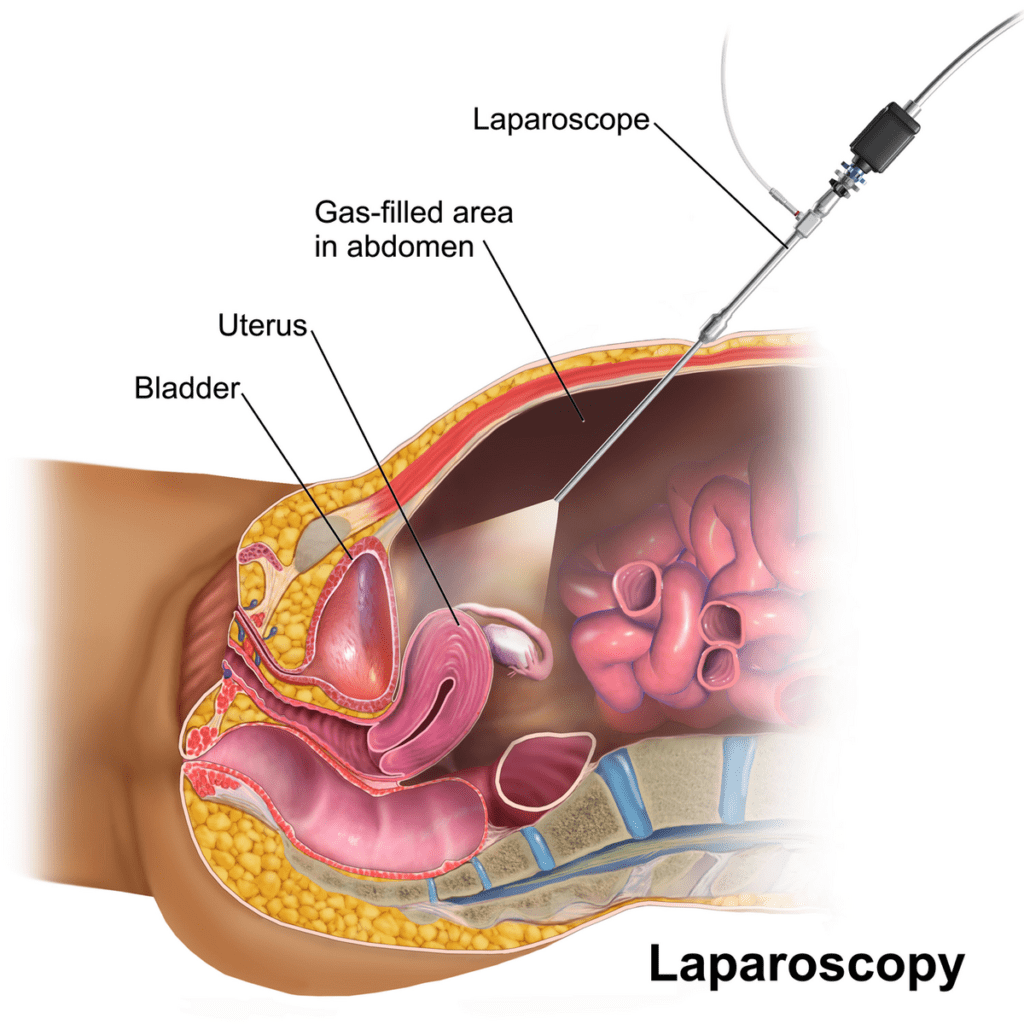Advancements in medical technology have transformed how gynecological conditions are diagnosed and treated. One of the most significant developments is laparoscopic surgery, a minimally invasive surgical technique that allows gynecologists to perform complex procedures with smaller incisions, quicker recovery, and fewer complications. Whether it’s used for diagnostic purposes or treatment, laparoscopic surgery has become a preferred option for many women’s health issues.
What Is Laparoscopic Gynecologic Surgery?
Laparoscopic surgery, also known as keyhole surgery, is a minimally invasive procedure performed through small incisions using a thin, lighted tube called a laparoscope. The camera at the tip of the laparoscope sends images to a monitor, allowing the surgeon to see inside the pelvis without needing large cuts.
In gynecology, this technique is commonly used for both diagnostic and therapeutic procedures, offering a modern alternative to traditional open surgery.
Common Conditions Treated with Laparoscopic Surgery
Laparoscopic techniques are now used to manage a wide range of gynecological issues, including:
- Ovarian cyst removal
- Fibroid removal (myomectomy)
- Hysterectomy (removal of the uterus)
- Endometriosis treatment
- Ectopic pregnancy surgery
- Pelvic adhesions and chronic pelvic pain
- Infertility evaluations
These procedures are performed under general anesthesia, typically in a hospital or surgical center, with patients going home the same day or within 24 hours.
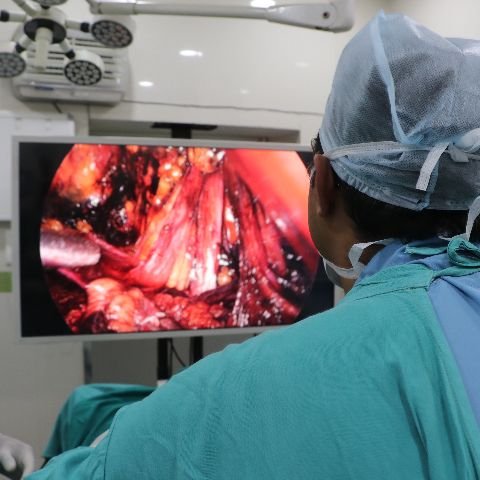
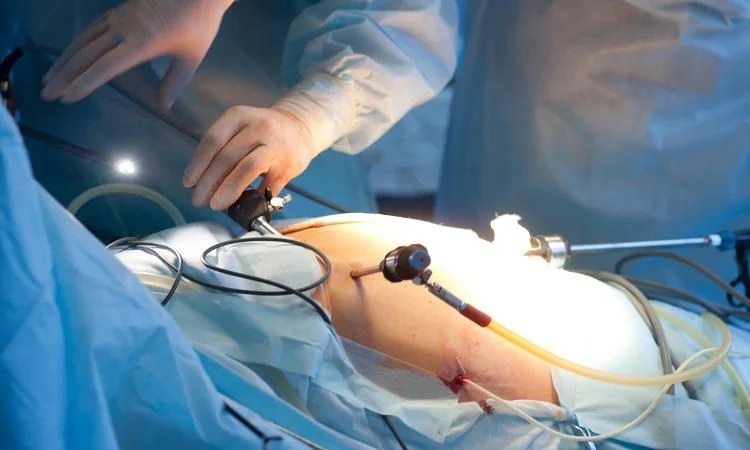
Benefits of Laparoscopic Surgery in Gynecology
One of the key reasons laparoscopic surgery is gaining popularity is its numerous benefits over traditional open surgery:
1. Smaller Incisions
Instead of a large abdominal cut, laparoscopy requires only 2–4 small incisions (usually less than 1 cm each), reducing visible scarring.
2. Less Postoperative Pain
Smaller incisions cause less tissue damage, resulting in reduced pain and a lower need for pain medication.
3. Faster Recovery Time
Patients often resume normal activities within a few days to a week, compared to several weeks with open surgery.
4. Lower Risk of Infections and Complications
Minimally invasive techniques mean a lower risk of wound infections, blood loss, and hospital-acquired complications.
5. Shorter Hospital Stay
Many laparoscopic procedures are done as day surgeries, allowing women to return home sooner and recover in comfort.
6. Better Cosmetic Results
Smaller scars are less noticeable, providing a psychological and cosmetic benefit to many patients.
What to Expect During Recovery
Recovery from laparoscopic gynecologic surgery is generally smooth and much quicker than from open surgery. However, proper post-operative care is essential for healing.
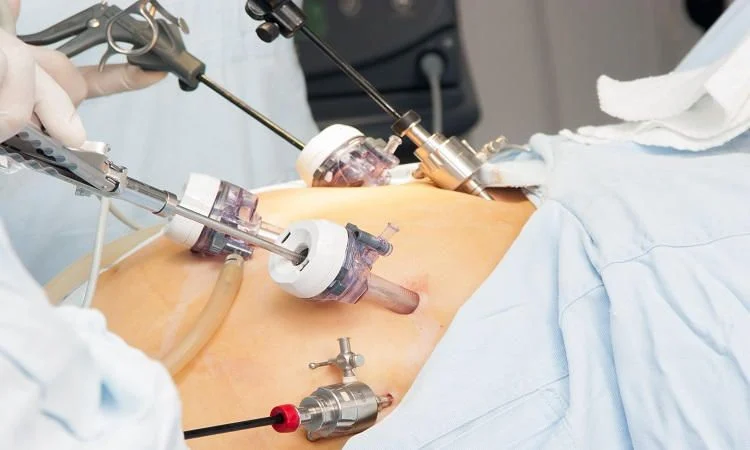
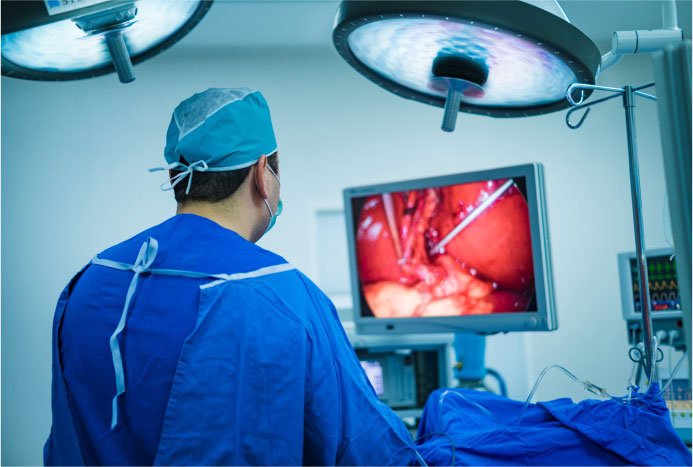
Immediately After Surgery
- Mild discomfort or cramping
- Shoulder tip pain (from gas used to inflate the abdomen)
- Light vaginal bleeding for a few days
Patients are usually able to walk within hours of the procedure and may be discharged the same day, depending on the type of surgery.
At Home
- Rest is essential for the first 2–3 days
- Avoid heavy lifting and strenuous activity for about 2 weeks
- Gradually return to work and daily activities as advised by the doctor
- Follow-up appointments are necessary to monitor healing
If there is fever, increasing pain, excessive bleeding, or signs of infection at the incision site, contact your healthcare provider immediately.
Is Laparoscopic Surgery Safe for Everyone?
While laparoscopic surgery is generally safe and effective, it may not be suitable for all patients. Factors such as obesity, previous abdominal surgeries, or certain underlying health conditions may require alternative surgical approaches. Your gynecologist will evaluate your medical history and recommend the most appropriate treatment plan.
Conclusion
Laparoscopic surgery has revolutionized gynecological care by offering a safer, less invasive, and more efficient option for managing many conditions. With quicker recovery, less pain, and improved outcomes, it empowers women to return to their lives sooner and with confidence. If you’re facing a gynecological condition that may require surgery, consult your gynecologist to discuss whether laparoscopy is right for you.

